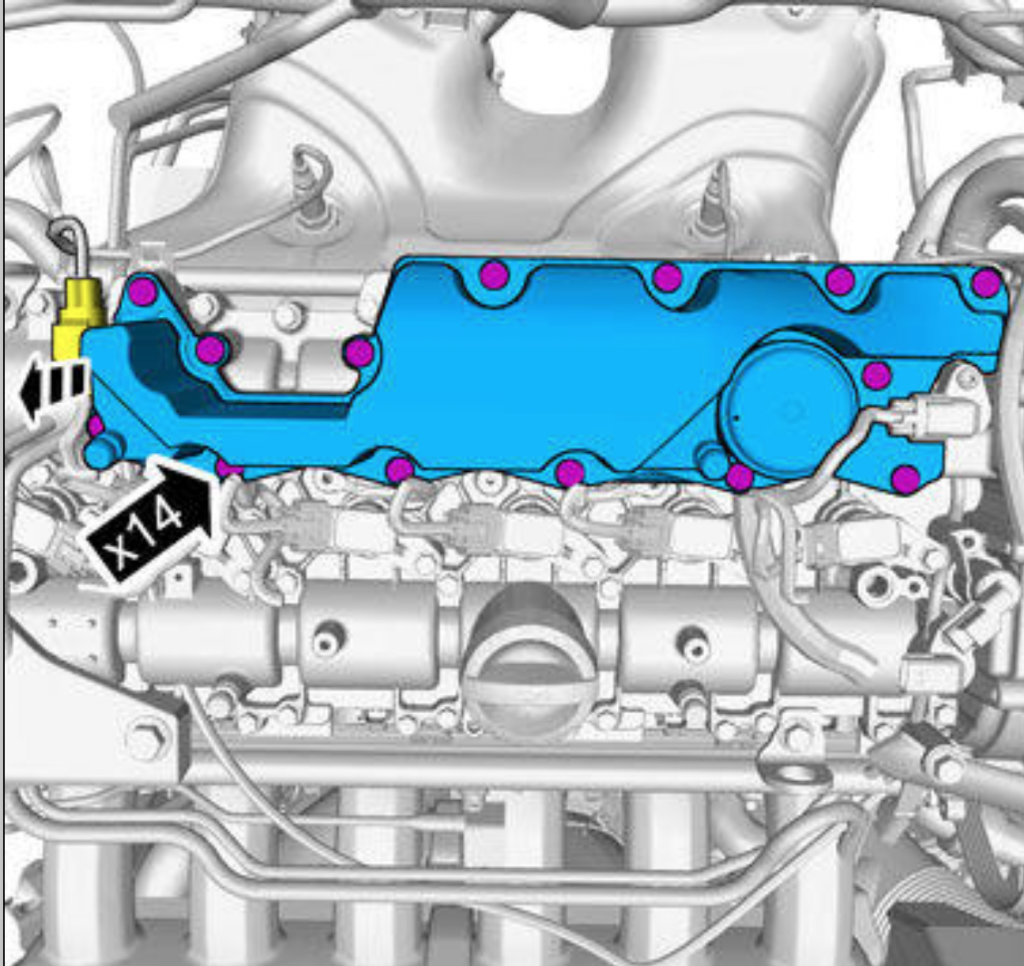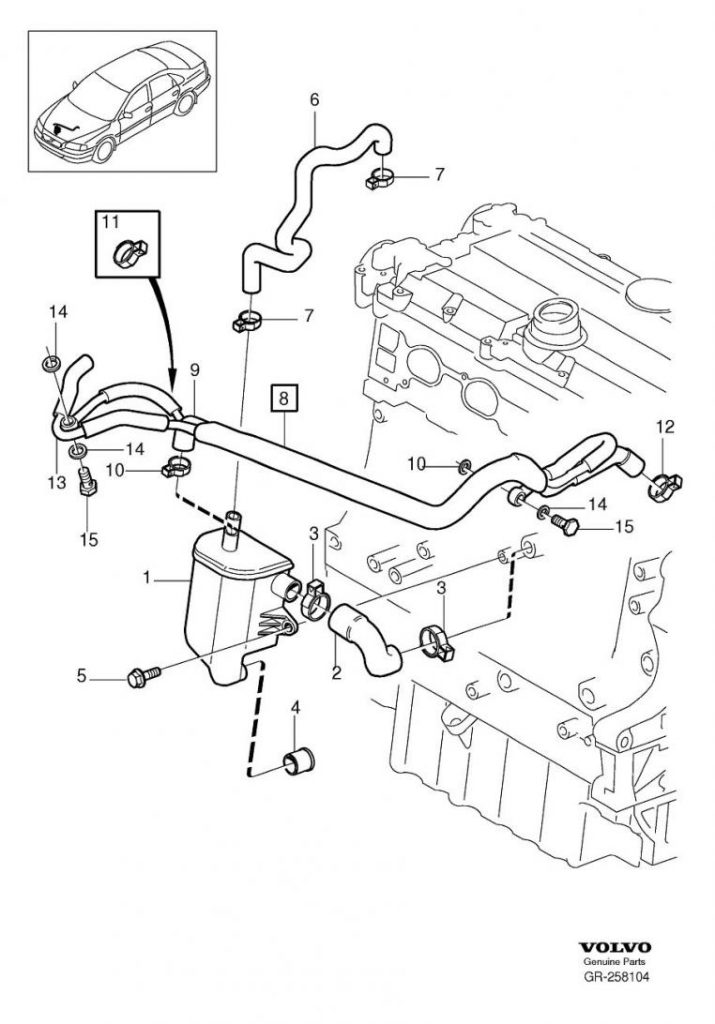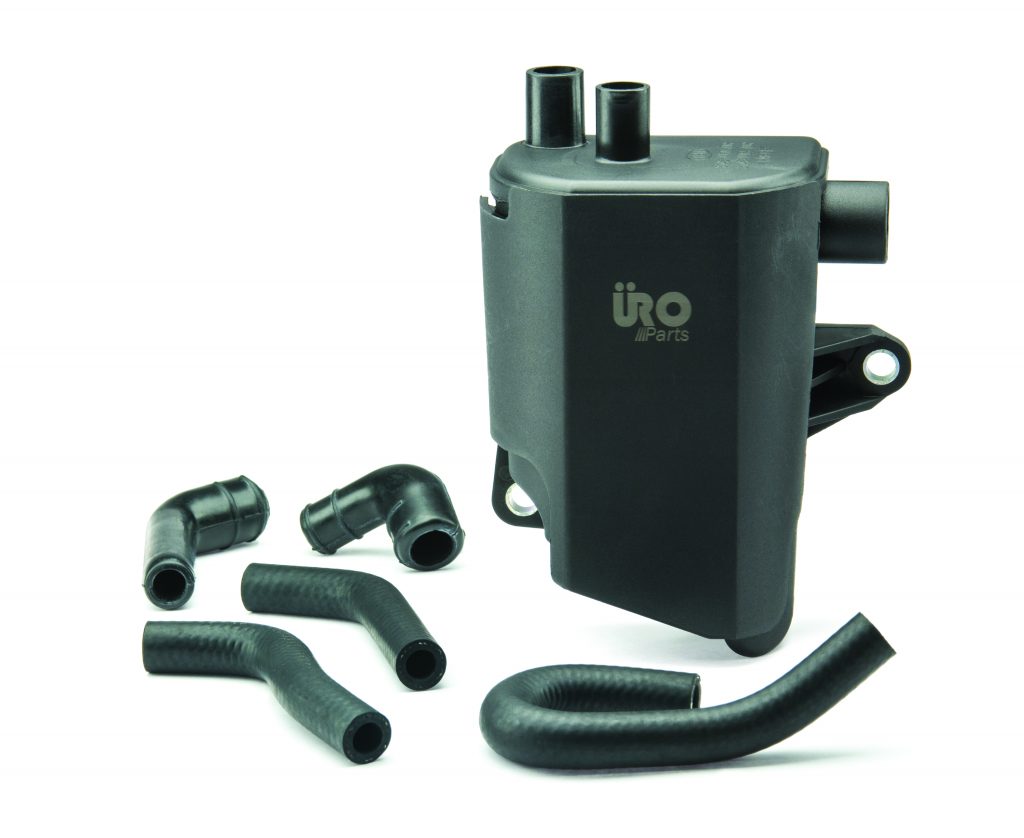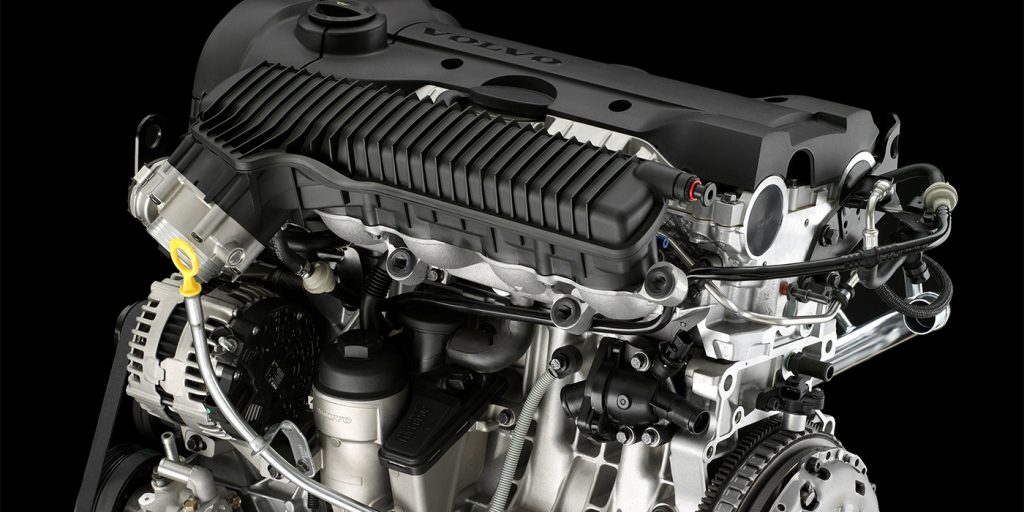The flame trap is part of the Volvo DNA, just like the three-point seat belt. Don’t call it a positive crankcase ventilation (PCV) system – that would be like calling fondue just a pot of melted cheese.
The flame trap system is designed to separate the oil droplets from the crankcase vapors so the oil can drain back into the oil pan. The system also controls the vapors into the intake manifold at the correct time and in the right amount. The flame trap also prevents flames from entering the crankcase if the engine backfires.
The flame trap or breather box system has always been a little more sophisticated than the PCV system found on most domestic vehicles. On early models, the system drew vapors through a chamber that contained a strainer that the oil droplets would stick to and drain back into the crankcase after passing through a series of baffles.
After 40,000 miles, the chamber with the strainer and baffles would be clogged with carbon and sludge. Older flame traps could be removed and serviced – in fact, Volvo sold kits with replacement parts for the strainer and hose connections. As the engines evolved, the flame trap or breather box became non-serviceable.

The main problem with the trap is that it can clog and cause high crankcase pressures. A blockage is a sign the owner has neglected oil changes or has used low-quality oil. A clogged trap can lead to oil leaks from all gaskets and seals.
You can use a pressure gauge to measure the crankcase pressure. On a good car, even when raising the idle, the gauge won’t move above 0 psi. Plugged traps will have readings more between 0.5-4.5 psi. Even if you see no pressure, the box can be partially plugged and should be replaced. If the car has 100,000 miles on the odometer, the oil trap should be serviced.

The trap drains into the crankcase and oil pan; often the passage can become clogged.
It may be possible to break up the blockage with a rod, but it might be a temporary fix. Replacing the trap is a tough job that involves removing the intake manifold and in some cases, the power steering pump and alternator.
To clear the passage to the crankcase, it might require the removal of the oil pan. Also, it is a good idea to replace all the oil trap-related hoses and clamps due to the location under the intake manifold.

Late-model breather boxes use a diaphragm and spring. The valve manages the pressure inside the crankcase and allows the pressure to be vented into the intake when it under vacuum. The diaphragm can rip and cause the crankcase to be exposed to vacuum all the time. If the diaphragm has ripped, the engine will have lean codes due to unmetered air entering the intake. When the dipstick or oil filler cap is removed with the engine running, air will be sucked in and the idle will change. In the most severe cases, the engine might make a chirping or whistling sound. iC














